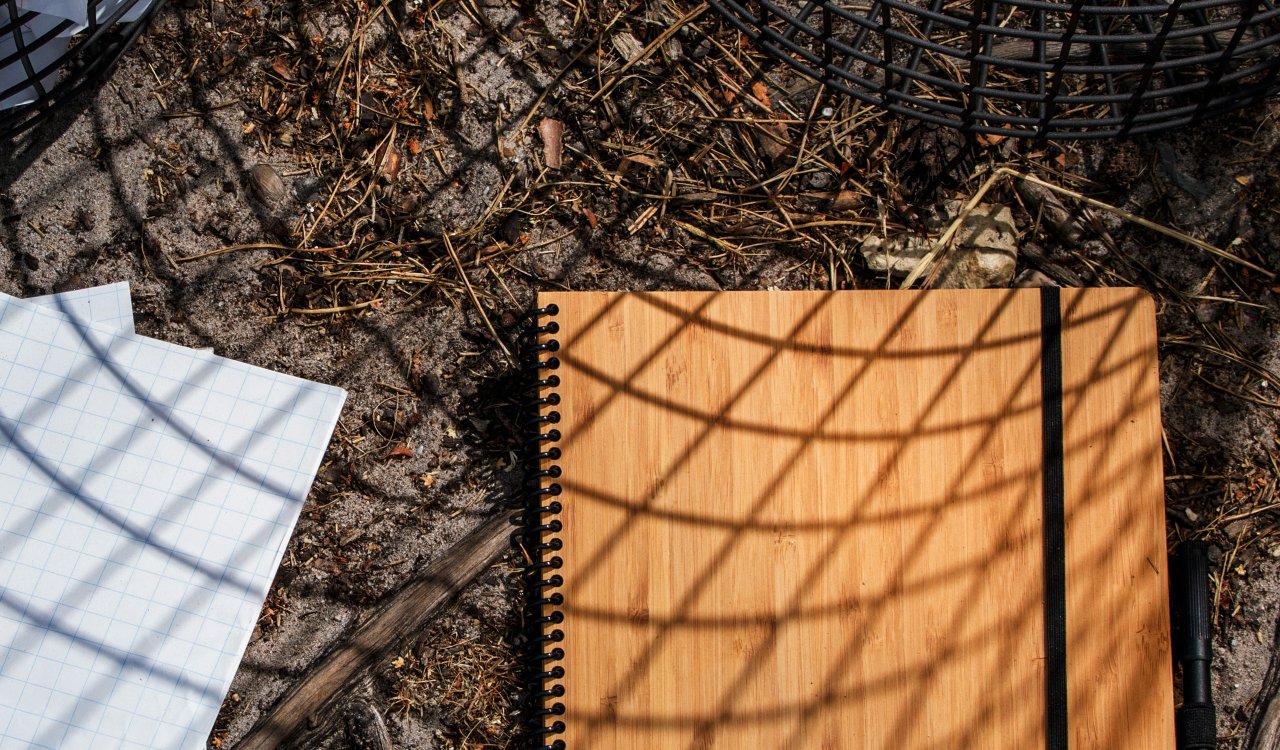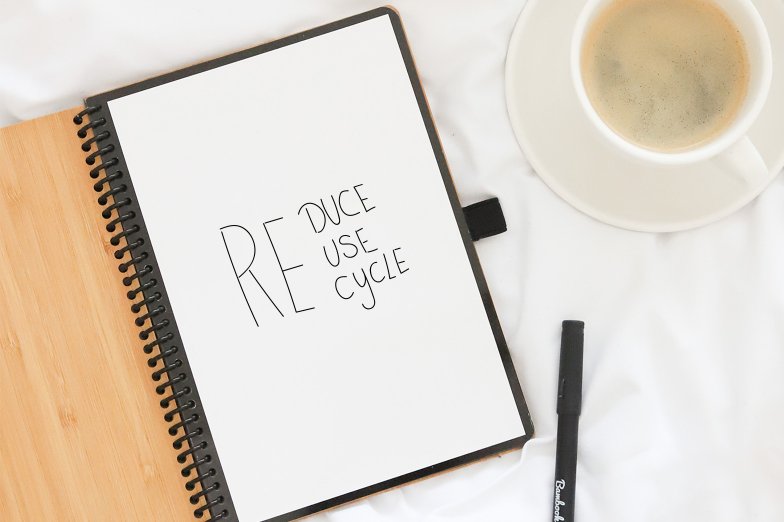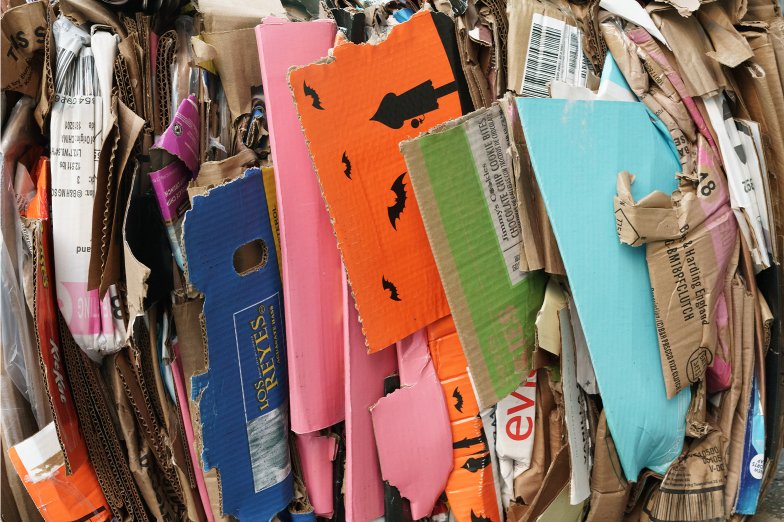
What is more sustainable:
Recycling or reusing paper?You’ve done it again: your notebook is completely filled with notes and ideas. Onto the next! As long as you are separating your paper waste and throw it away in the designated paper waste container you are doing your part, right? Well, that’s not all there is to it.
Recycling is definitely a step in the right direction. However, that doesn’t take away from the impact the process of recycling has on the environment as well. That’s why it’s always good to consider the option of reusing. In most cases, reusing products is a lot more sustainable than recycling. In this blog we’ll explain why recycling isn’t always the most ideal option.

If you can't reuse,
recycleYou’ve most likely seen these three words; 'reduce, reuse, recycle’. Well, did you know that there is a reason why these words are always depicted in this exact order? According to this ladder, the first solution lies in reducing the amount you consume and throw away as a result of your usage. If it is not possible to reduce your waste, try to reuse products and materials and finally recycle if reusing is not an option.
It begins with the paper bin
To understand why recycling is not always the ideal solution, let's first look at what the recycling process looks like. It all starts with the paper bin. Despite the digital age, paper continues to be used for many purposes worldwide on the daily. The average person uses 80 kilos of paper per year (source: Milieucentraal). In the Netherlands, an astounding 89% of this is being recycled. However, that is hardly the case in all countries around the world. Sadly, the environment pays the highest price for our paper consumption..

Recycling vs.
new productionThe production of new products leads to a lot of polluting emissions, such as CO2. We can alleviate this by recycling. However.. we do not prevent it from happening completely. Both the production of recycled paper and new paper require a lot of water and energy. In fact, making paper from waste paper costs the same amount of energy as producing paper from wood. Less water and wood is needed. But nonetheless, it also causes a burden on the environment.
Recycling seems ideal, but many raw materials (such as paper) deteriorate in quality in undergoing this process. In addition, chemicals are often used in the recycling process, for example to remove the ink from paper.
Not endlessly recyclable
Paper and cardboard are not endlessly recyclable, unlike tin or glass. During the recycling process, the paper fibers lose their strength. The fibers shorten each time they are used. On average, paper can be recycled up to 7 times, but often new raw materials are added.

Collect, process & produce
To conclude, the recycling process consists of 3 steps:
- Waste collection & processing
- Production
- Reselling/Distributing.
This entire process costs energy. And then we haven't even mentioned the CO2 emissions as a result of transport for all these steps.
Reuse instead of single use
It is Bambook's mission to offer reusable alternatives for various ways of writing to prevent paper waste and (unnecessary) production/recycling of paper. Together with you we write history, just not on paper..











